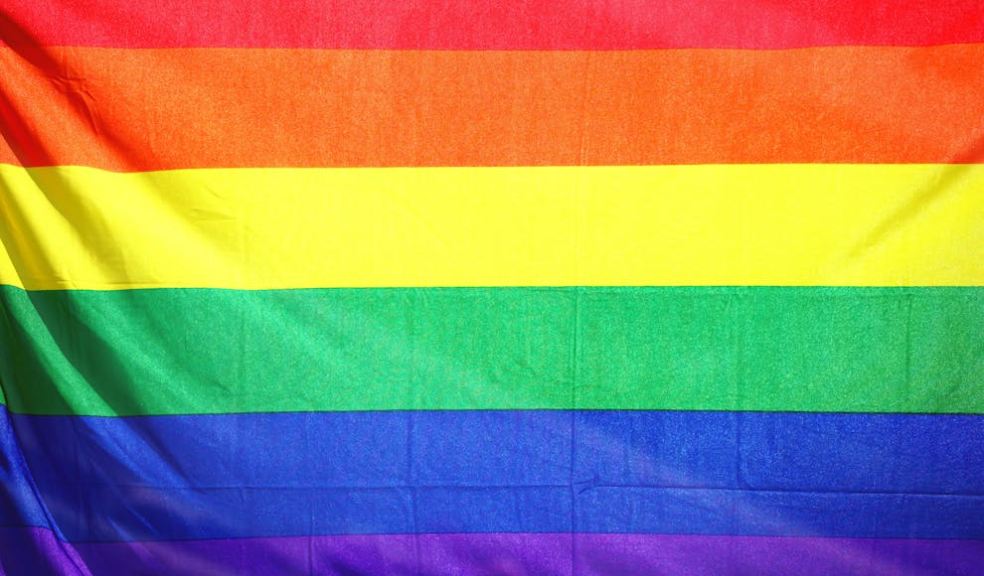
Celebrating Inclusivity in the Digital Age: The Rise of Virtual Pride Events
In recent years, virtual Pride events have become a revolutionary way for the LGBTQ+ community to celebrate, advocate, and connect, regardless of location or circumstance. These events have made it possible for individuals across the globe to participate in Pride celebrations from the safety and comfort of their homes. Virtual Pride events offer accessibility to those who may face barriers to attending in-person events, such as those living in areas where Pride is not celebrated or those with physical or financial limitations. If you're interested in joining or hosting your own virtual Pride events, you can explore a variety of options at https://avvaexperience.com/virtual/virtual-pride-month-events/.
The Origins of Pride and the Need for Accessibility
Pride celebrations trace their roots back to the historic Stonewall Riots of 1969. These riots marked a turning point in the LGBTQ+ rights movement, sparking a global shift toward visibility, acceptance, and equality. What began as a small gathering in New York City has now grown into a worldwide celebration, with cities around the globe hosting Pride events every June.
However, despite the widespread nature of these celebrations, not everyone can attend. For some, physical Pride events may be inaccessible due to geographical, financial, or personal reasons. For others, attending Pride might even pose a risk to their safety. These challenges highlight the importance of virtual Pride events in creating more inclusive opportunities for people to celebrate, learn, and connect without having to leave their homes.
The Shift to Virtual Platforms
The onset of the COVID-19 pandemic served as a catalyst for the rise of virtual Pride events. With in-person gatherings temporarily halted, many organizations, performers, and activists pivoted to online platforms to continue the celebration. Major Pride festivals, including those in cities like New York, San Francisco, and London, transitioned to virtual formats, offering livestreamed parades, performances, and workshops.
This digital shift, although born out of necessity, proved to be more than a temporary solution. It opened the door for future celebrations that could reach a wider and more diverse audience. From people in rural areas to those who might feel unsafe at physical events, virtual Pride made the celebration of identity and equality more inclusive than ever before.
Key Features of Virtual Pride Events
1. Online Parades and Livestreams
Virtual Pride events often feature online parades, where participants from all over the world submit videos or photos of their celebrations. These visuals are compiled into a livestreamed event, showcasing the diversity of the LGBTQ+ community. Some cities have even introduced virtual floats, with graphic animations representing various Pride themes and messages.
2. Concerts and Performances
Music and performance are essential components of any Pride celebration. Virtual Pride events often include live-streamed performances by queer artists, drag shows, comedy acts, and musical performances. These events not only provide entertainment but also serve as an important platform for LGBTQ+ talent to be recognized.
3. Educational Panels and Workshops
Alongside entertainment, virtual Pride events frequently feature educational content that deepens the understanding of LGBTQ+ issues. These can range from workshops on mental health to panel discussions on queer history, intersectionality, and political advocacy. Virtual platforms allow for a global audience to engage in these discussions, making it easier for people who may not have access to such events in their local communities.
4. Social and Networking Opportunities
Virtual Pride events also offer spaces for networking and socializing. These platforms provide opportunities for individuals to connect with others in the community through video calls, chat rooms, or virtual hangouts. Some platforms even create avatars that allow attendees to interact in a more immersive digital environment, mimicking the experience of attending an in-person Pride event.
5. Safe and Inclusive Spaces
For many people, virtual Pride provides a safe haven. Whether due to physical disabilities, social anxiety, or fears for personal safety, some individuals feel more comfortable participating in Pride from the security of their own homes. Virtual Pride events can be tailored to meet the needs of diverse attendees, including features like sign language interpretation, closed captioning, and tools for creating safer spaces for marginalized groups within the LGBTQ+ community.
The Global Reach of Virtual Pride Events
One of the most transformative aspects of virtual Pride events is their ability to connect people from all corners of the globe. While in-person Pride events are often limited to specific locations, virtual events break down geographical boundaries, allowing people from various countries and cultural backgrounds to participate. This global reach fosters solidarity, helping LGBTQ+ individuals to feel united in their struggle for equality and recognition.
Moreover, virtual Pride events allow for cross-cultural exchange, with people from different countries sharing their experiences and perspectives. This has been especially valuable in highlighting issues faced by LGBTQ+ individuals in countries where rights and freedoms are still limited. The digital format allows for voices that might otherwise go unheard to be amplified, creating a sense of shared struggle and triumph.
Challenges of Virtual Pride Events
While virtual Pride events offer numerous benefits, they are not without their challenges. For instance, digital fatigue is a real concern, with many people feeling overwhelmed by the constant influx of online events and content. Additionally, not everyone has access to reliable internet or the necessary technology to participate in virtual events, which can be a barrier for some members of the LGBTQ+ community.
Furthermore, while virtual events can be more accessible in some ways, they can also lack the same sense of community and connection that physical Pride events provide. The energy and excitement of a live parade or festival can be hard to replicate online. Additionally, virtual events may face issues such as online harassment or trolling, which can detract from the overall experience and require extra moderation.
To address these challenges, event organizers must be mindful of the needs of their audience, ensuring that their events are accessible, inclusive, and safe. This may involve incorporating various forms of content delivery, such as recorded sessions for those who cannot attend live, and creating clear guidelines for behavior within virtual spaces.
The Future of Virtual Pride: A Hybrid Model
Looking ahead, the future of Pride celebrations seems to be moving toward a hybrid model, where in-person events are combined with virtual offerings. This allows Pride to remain inclusive while also offering the excitement of live events. Hybrid Pride events provide the best of both worlds—connecting people in person while maintaining the accessibility and global reach that virtual events offer.
As technology continues to advance, we can expect virtual Pride events to become even more immersive and interactive. Innovations in virtual reality (VR) and augmented reality (AR) could bring the experience of Pride into new digital realms, allowing participants to experience parades, performances, and workshops in completely new ways.
How to Participate in Virtual Pride Events
For those interested in taking part in virtual Pride events, there are several ways to get involved:
-
Find events: Many LGBTQ+ organizations publish schedules for virtual Pride events on their websites or social media pages. Start by following local Pride groups or checking out platforms that host digital events.
-
Attend live sessions: Tune into livestreamed concerts, parades, and panels to be part of the excitement in real time. Engage with the content by commenting, sharing, or participating in Q&A sessions.
-
Support LGBTQ+ artists and businesses: Virtual Pride is a great opportunity to support queer-owned businesses, creators, and performers. Whether it's purchasing digital art or donating to a charity, your support helps strengthen the community.
-
Join discussions: Many virtual Pride events host panel discussions and educational workshops. Participate in these to learn more about LGBTQ+ history, activism, and cultural issues.
-
Share your Pride: Use social media to amplify your voice. Post about your experiences, share Pride-related content, and connect with others in the virtual space.
Conclusion
Virtual Pride events have emerged as a significant and lasting part of the LGBTQ+ celebration calendar. By embracing digital platforms, these events have made Pride more accessible and inclusive, allowing individuals from all over the world to come together in solidarity. As we continue to evolve, virtual Pride offers limitless potential to foster connection, education, and advocacy. Whether you're attending as a participant or hosting an event yourself, virtual Pride provides a unique opportunity to celebrate identity and champion equality for all.











